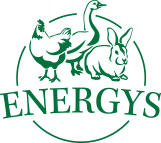Rabbits
Poultry
Laying hens
Quails
Guinea pigs
Pigs
Ostriches
Sheep and goats
Pigeons
Pheasants
Forest animals
Raising Pigs Outdoors
Pigs were gradually moved from outdoors into enclosed styes, which developed into sophisticated stye capacities utilising technologies not only for automated feeding and water supply systems, but also for controlling the stye environment, in commercial farms. Ecological farming trends have been popular for some time in Europe in relation to demand for healthy products from happy animals, and free-range pig farming is also experiencing a renaissance.
Raising pigs outdoors
It is not just organic farmers, but also small-scale farmers who farm pigs using alternative methods. In our country the Přeštice Black-pied pig, which has a robust constitution and does not require high-quality feed, is predetermined for more extensive forms of pork production.
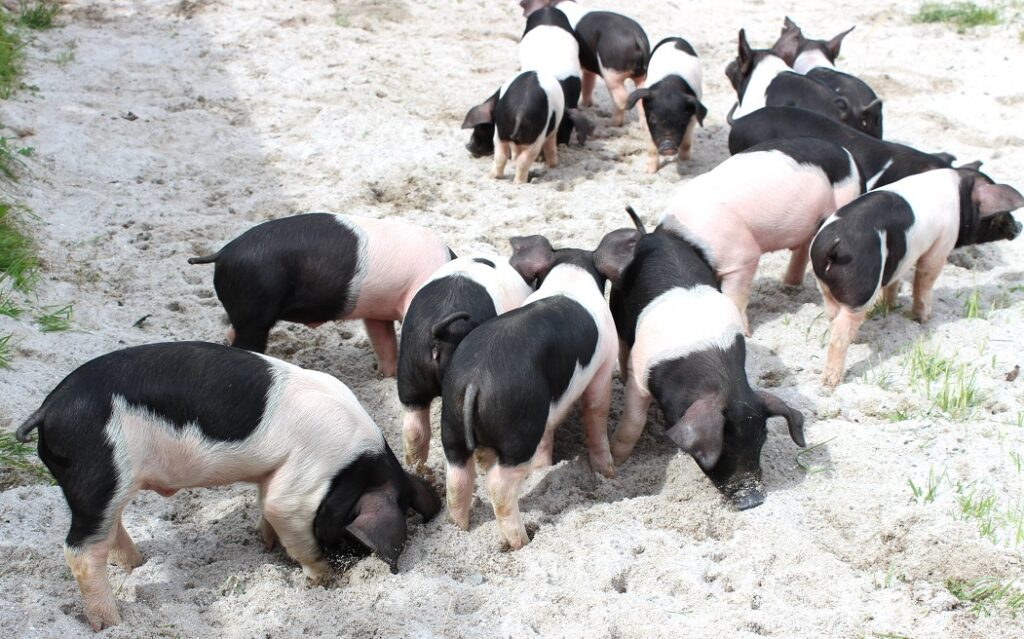
Pasture, which can be provided during the growing season, i.e. from May to October in our conditions, is used as an alternative method of feeding. This method is suitable for small to medium-scale farmers, who have the potential to produce their own feed crops in the best case.
Raising pigs on pasture
The size of the pasture is determined by several variables, these being the weight of the animals, the yield of fodder dry weight per hectare of pasture, the duration of the pasture season and the quantity of produced excrement, which should not exceed the organic nitrogen limit specified in the nitrate guideline.
Use of a fenced system, during which the pigs are placed within a restricted area until they transform it into a ploughed-up plain without plants, appears to make optimum use of pasture. Electric fencing, wooden fencing, or even straw bales, are used to enclose a temporary pasture. The risk of contact with wild animals, which may be a source of infectious disease that can have a very serious economic impact (currently African Swine fever) must be minimized with all diligence.
Just like other animals, pigs must also be provided with protection against poor weather and the sun while in the pasture. The shelters must allow multiple pigs to lie down together. The animals should have a constant sufficient supply of drinking water. The feed site for grain feed should be constructed so that it prevents feed wastage.
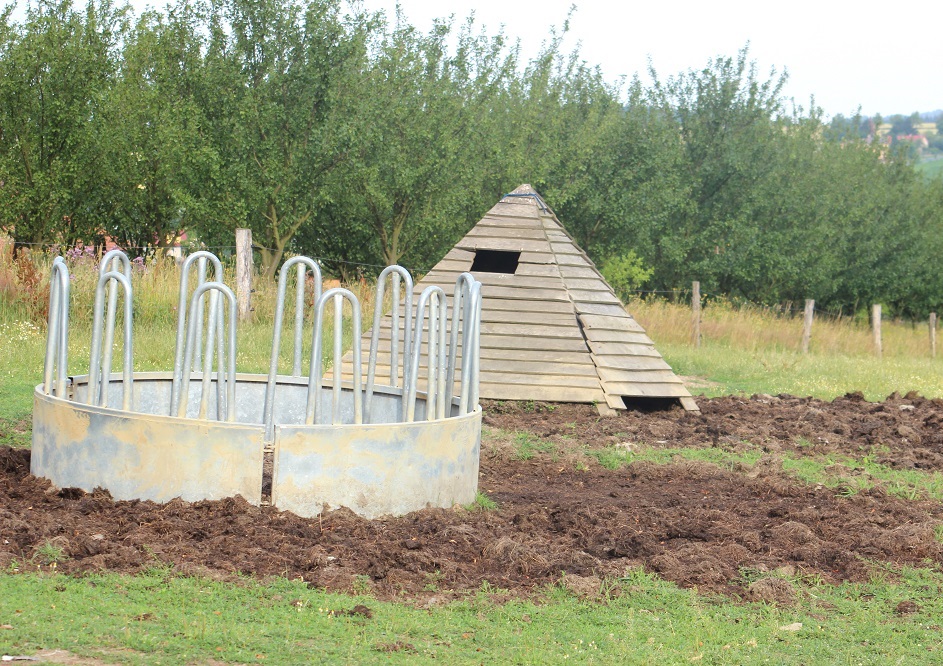
As well as saving on costs for feed, this system of raising pigs also provides a bonus in the form of the highest quality of the final product. The meat is more tender, mainly due to the lower content of hydroxyproline in the muscle and the increased percentage of intramuscular fat.
Pig nutrition
Pasture for pigs will provide different plants for foraging compared to a pasture intended for ruminants. Forage plants for pasturing pigs include for example winter mixtures (including winter barley, winter peas, perennial ryegrass, winter wheat and winter vetch) and spring mixtures (including oats, vetch and peas) and clover and grass.
Although pasturing has a positive effect on the health of pigs, a basic grain feed is still necessary for healthy pigs. Selection of these feeds is limited not only by the farmer’s potential, but also the chosen farming method. For example, the rules of ecological farming place emphasis on providing organically grown feed, as well as a diverse range of feed.
Related posts
24. August 2021
In December 2020, fifty-three pig farms in the country were under the organic farming regime. Most of them are breeding black-footed pigs, which have been classified as genetic resources since 1992. The Hungarian curly-coated pig is a similarly hardy and undemanding breed, which is also growing in popularity with our breeders.
25. May 2021
In the Czech Republic, breeders work with sire breeds (currently represented, in particular, by White Sire, Duroc and Piétrain), including their synthetic lines (SL 34, SL 38, SL 48 and possibly SL 68) and pig dam breeds.
18. May 2021
Commercial pig breeders use both breeds that excel thanks to their reproduction parameters and breeds that pass on to their offspring good growth abilities, resilience and good meat quality. As a part of the hybridisation programme, the Pig Breeders Association and breeders work with dam breeds (Czech Improved White and Czech Landrace) and sire breeds.
19. June 2020
In order to assure that the pigs are in a good state of health, it is essential to feed them grain feed as a basis. Selection of these feeds is limited not only by the farmer’s potential, but also the chosen farming method. For example, the rules of ecological farming place emphasis on providing organically…
11. May 2020
Pigs were gradually moved from outdoors into enclosed styes, which developed into sophisticated stye capacities utilising technologies not only for automated feeding and water supply systems, but also for controlling the stye environment, in commercial farms. Ecological farming trends have been popular for some time in Europe in relation to demand for healthy products from…
Related products
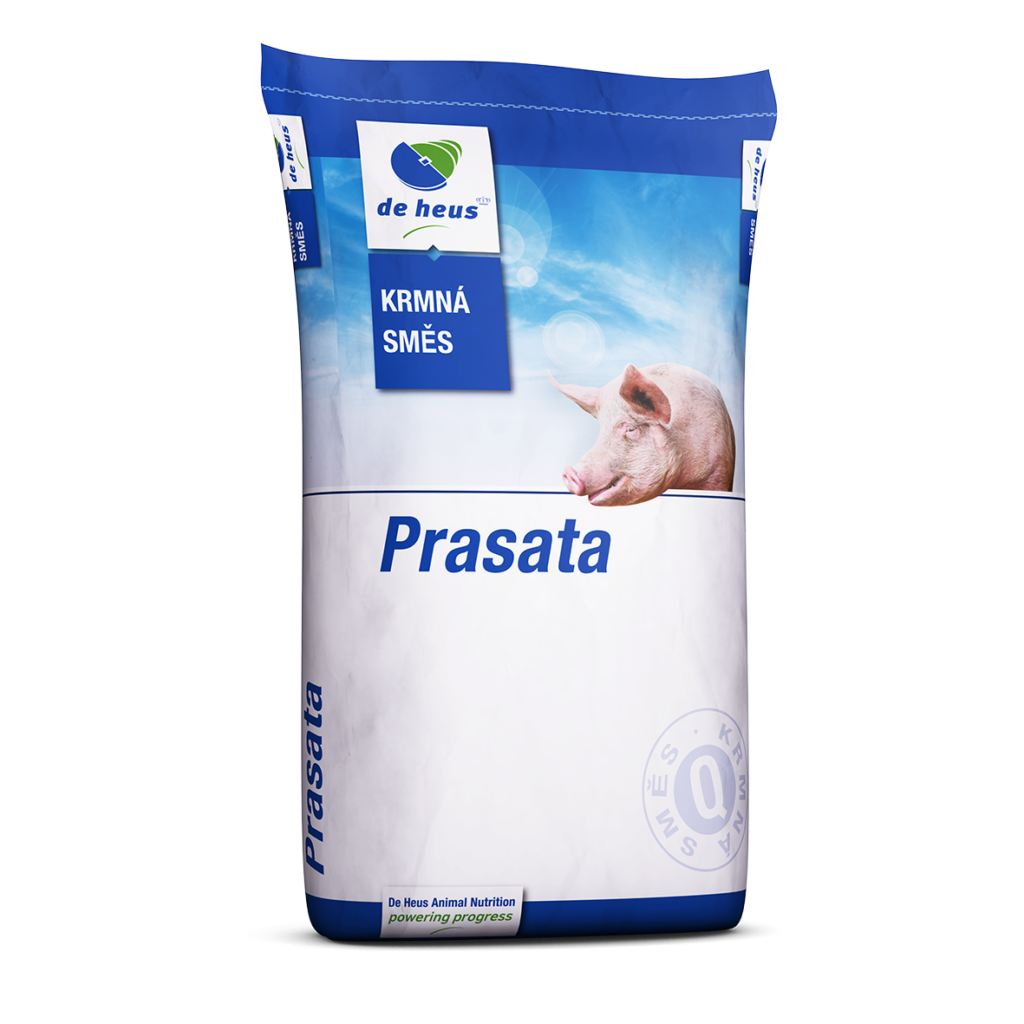
PIG UNI 15
A mashed concentrate for fattening pigs, which is mixed with cereals depending on the fattening phase in a ratio of 11 – 16 %. It is a garauntee of high growth.

A3 MAXI
A complete feed mix for fattening pigs over 60 kg. Its make up supports fast growth allied with low consumption of feed during the final phase of fattening.

A2 MIDI
A high quality granule for the feeding of pigs from 35 to 60 kg. A balance of the nutrients needed is the basis for an excellent state of health, fast growth and high meat content.

A1 MINI
Granulated feed mix for the first phase of fattening pigs, that is from a live weight of 15 to 35 kg. The nutrients it contains support an excellent state of health, fast growth and high meat content in your pigs.
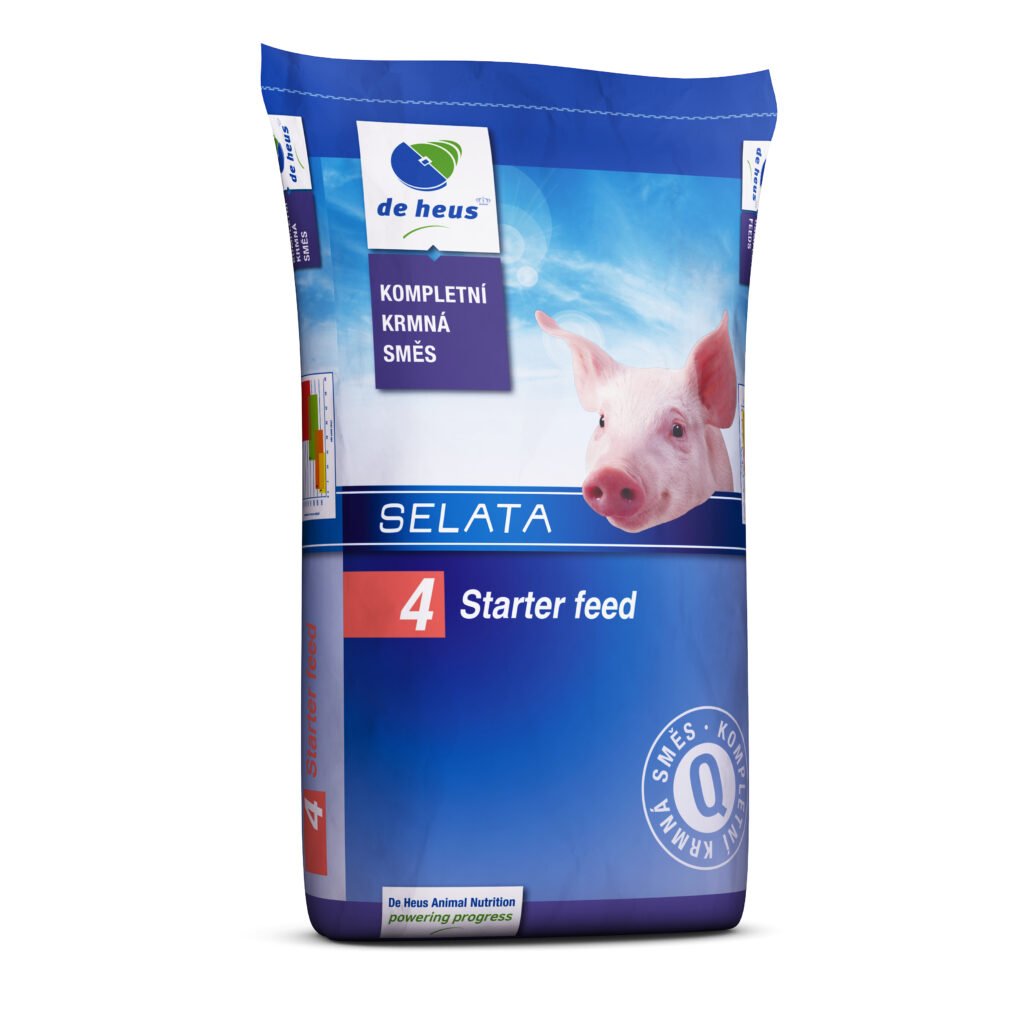
A1 START
A professional feed intended for weaned piglets with a live weight of 12 kg of up to 12 weeks of age. It provides an ideal start to piglet growth. This feed is followed by fattening mix A1 Mini or the Pig Uni 15 concentrate.
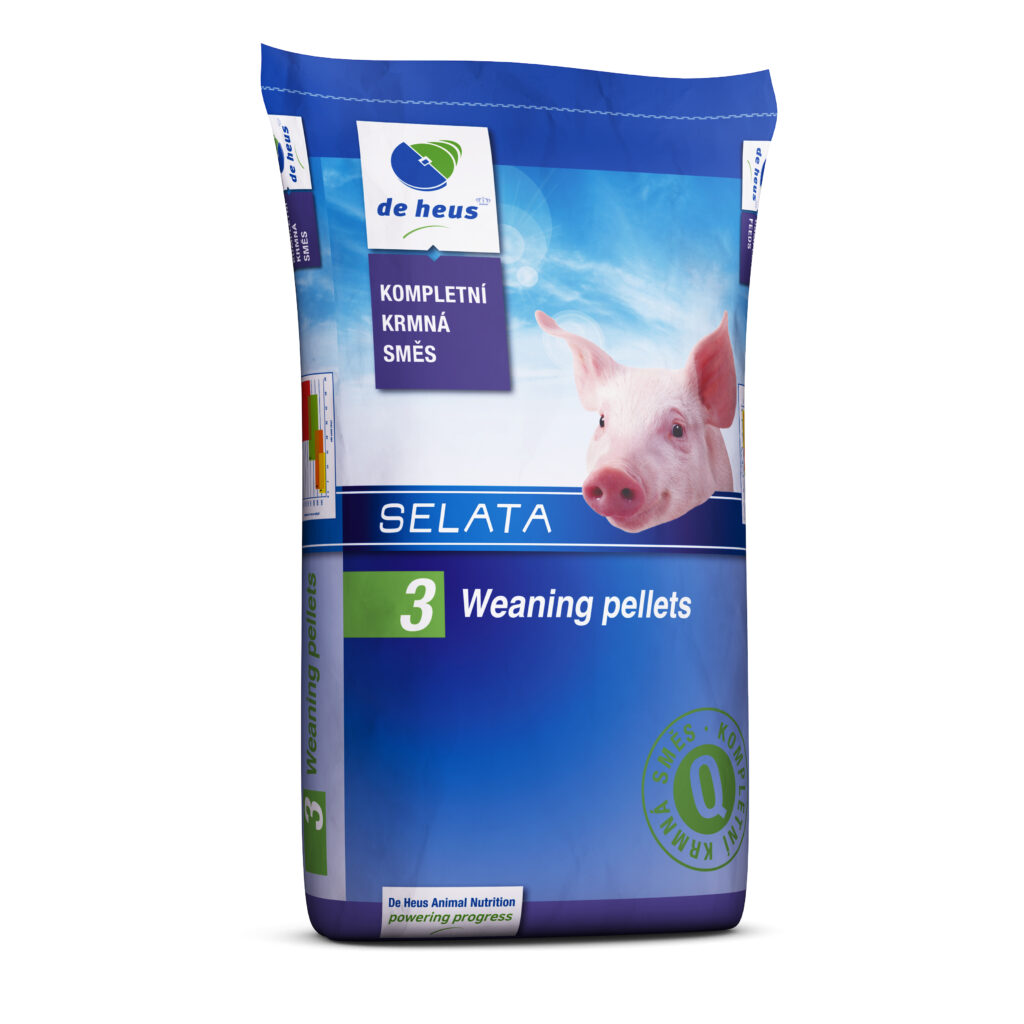
WEANING PELLETS
A prestarter for piglets from 10 days of age to 14 days after weaning from the sow. Its structure of 2 mm granules ensures problem free intake and overcoming the weaning period. Among other things it contains whey and fish flour which ensures fast growth in piglets.
